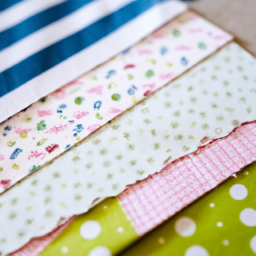

Sewing fluffy fabric can be a delightful experience for craft enthusiasts. Whether you are working with faux fur, plush, or any other type of fluffy material, following a few key tips will help you achieve fantastic sewing results. So, let’s dive into the world of stitching up these cozy fabrics!
Choose the Right Tools
When working with fluffy fabric, it is essential to have the appropriate tools at hand. Here are a few tools you’ll need:
- A sharp pair of fabric scissors: Fluffy fabric tends to have a longer pile, so make sure your scissors can cut through it smoothly.
- A walking foot for your sewing machine: This specialized foot helps to feed the fluffy fabric evenly, preventing it from shifting or getting caught underneath the presser foot.
- Tailor’s chalk or fabric marker: Use these tools to mark your pattern directly on the fabric’s wrong side. Avoid using ink-based markers that may seep through the fluffy fibers.
- A longer stitch length: Adjust your sewing machine to a longer stitch length, such as 3mm or more, to prevent the fabric from puckering.
Preparation and Cutting
Before cutting your fluffy fabric, ensure you have ample space and a clean, flat surface. Follow these steps:
- Allow your fabric to acclimate: Fluffy fabrics may get compressed during transportation or storage. Let them sit in a well-ventilated room for a few hours to regain their natural loftiness.
- Use a lint roller: Roll a lint roller over the fabric’s surface to remove any loose fibers that could interfere with your cutting and sewing.
- Place pattern pieces carefully: When cutting out your pieces, place them on the fluffy side of the fabric, aligning them with the direction of the nap if applicable. Pin gently to avoid leaving noticeable marks or damaging the fabric.
- Try a different cutting technique: For thicker or longer-piled fabrics, use a craft knife to cut along the marked lines instead of using scissors. This technique helps preserve the fabric’s texture.
Seam Finishing and Stitching
Seam finishing is crucial for fluffy fabric to prevent shedding and ensure durability. Consider the following techniques:
- French seams: This technique encloses the raw edges entirely, resulting in a neat and strong finish. It is perfect for lightweight to medium-weight fluffy fabrics.
- Bound or Hong Kong seams: These seams use bias binding to encase the raw edges, giving a professional and decorative touch. They work best for medium to heavyweight fluffy fabrics.
- Zigzag or overlock stitch: If you don’t want the bulkiness of the previous finishes, a zigzag stitch or an overlock stitch can help prevent fraying. Remember to test the stitch on a scrap of fabric first.
When stitching fluffy fabric, take it slow and be patient. Use a slightly longer stitch length to avoid any unnecessary tension on the fabric. Sewing with a lighter touch can prevent flattening or matting of the fluffy fibers.
With these tips in mind, you are well-equipped to embark on your fluffy fabric sewing journey. So, grab your materials, choose a cozy pattern, and let your creativity soar!
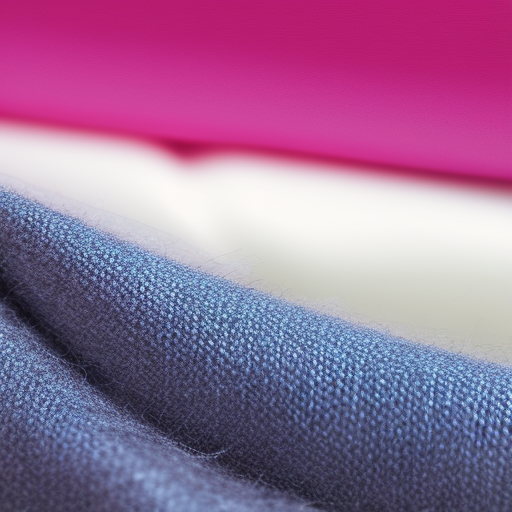
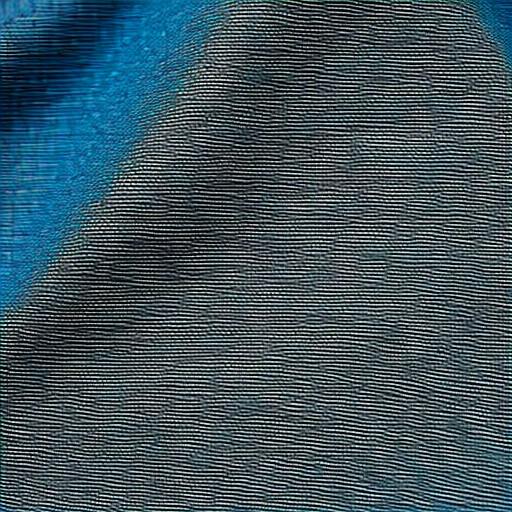
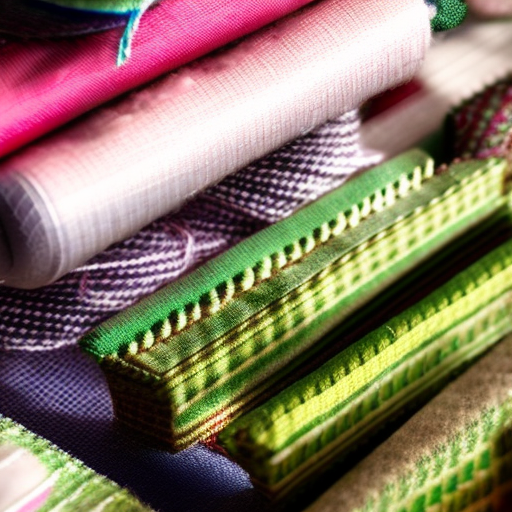
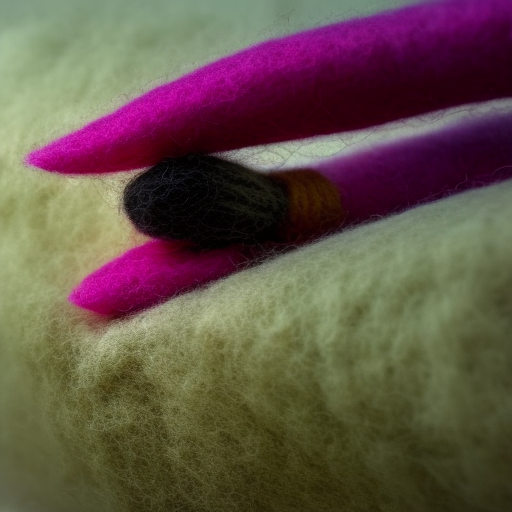

This looks so cozy!
Kathy Holmes: I’m in love
What a lovely project! I’m sure the fabric must feel so soft and comforting. Adding a personal touch to your favorite garments must be so rewarding and gives such a satisfying result!
So pretty!
Loving this so much